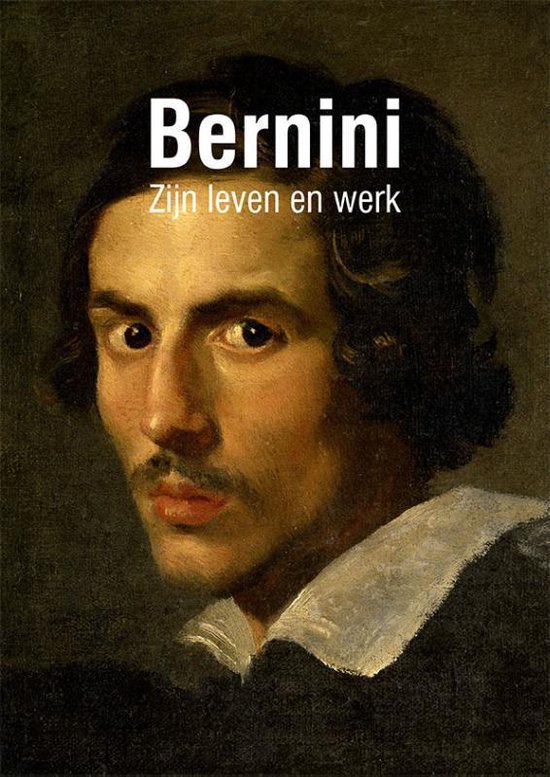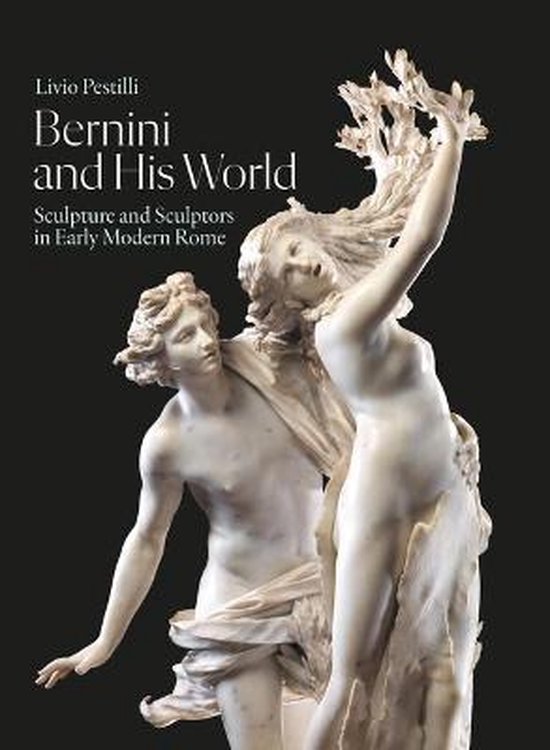
Bernini
This study explores three of Bernini's baroque chapels to show how he achieved his effects. It examines the ways in which the artist integrated the architecture, painting and sculpture into a coherent space for devotion, and shows how this accomplishment was understood by religious practitioners.
This text explores three of Bernini's baroque chapels to show how Bernini achieved his effects. Careri examines the ways in which the artist integrated the disparate forms of architecture, painting and sculpture into a coherant space for devotion, and then shows how this accomplishment was understood by religious practitioners. In the Fonseca Chapel, the Albertoni Chapel and the church of Saint Andrea al Quirinale, all in Rome, Careri identifies three types of ensemble and links each to a particular spiritual journey. Using contemporary theories in anthropology, film and reception aesthetics, he shows how Bernini's formal mechanisms established an emotional dynamic between the beholder and a specific arrangement of forms.
This text explores three of Bernini's baroque chapels to show how Bernini achieved his effects. Careri examines the ways in which the artist integrated the disparate forms of architecture, painting and sculpture into a coherant space for devotion, and then shows how this accomplishment was understood by religious practitioners. In the Fonseca Chapel, the Albertoni Chapel and the church of Saint Andrea al Quirinale, all in Rome, Careri identifies three types of ensemble and links each to a particular spiritual journey. Using contemporary theories in anthropology, film and reception aesthetics, he shows how Bernini's formal mechanisms established an emotional dynamic between the beholder and a specific arrangement of forms.
| Auteur | | Giovanni Careri |
| Taal | | Engels |
| Type | | Paperback |
| Categorie | | Kunst & Fotografie |





